Daniel Stockhammer (ed.)
Upcycling
Reuse and Repurposing as a Design Principle in Architecture
Book design: Annett Höland
German / English, 220 pages
ca. 230 images, 16 × 21 cm
Swiss brochure
Not available at the moment, 3rd edition in preparation. Your order will be noted and delivered not before Fall 2024.
ISBN
978-3-03863-046-3
• 2nd edition printed on 100 % recycled paper, cover: Gmund Bio Cycle made from fast growing fibres and green waste.
• An appeal to recycle materials and building elements in architecture
• Cultivating the tradition of continued building
• For a paradigm shift in architecture: recycling instead of new production
Exploitation and destruction of the environment call for an inevitable paradigm shift as regards our resource consumption: “innovative” building will have to break away from the dogma of new build. We need to reconsider the existing building stock as a wealth of resources and ideas, just as we should understand recycling and upcycling building stock as architectonic potential.
New approaches in architecture reveal a trend towards concepts of the frequently used but theoretically and historically rarely defined term upcycling. In that context, one often forgets that the history of building has also always been a history of, firstly, recycled and upcycled building materials and components, and secondly, of building knowledge and building styles.
Comprehending buildings as a part of a social change process poses a challenge to our current habits and modern concept of unambiguity, seclusion and authorship of architecture.
This publication explores the potential of historical concepts of upcycling – the qualitative recycling of buildings and building components – and confronts them with new developments in architectural and building practice. Importantly, the authors look into the question of whether and how new solutions could be found for future architecture. “Recycling and upcycling” should not be a matter of idealism, but rather present an argument for economy and the quality of structure and design.
With contributions by:
Alberto Alessi, Barbara Buser, Jürg Conzett, Elisabeth Crettaz-Stürzel, Anja Diener, Philipp Entner, Hanna Kuzniatsova, Silke Langenberg, Hans Rudolf Meier, Lisa Ochsenbein, Johannes Rederer, Nicholas Ransome, Fetanete Rashiti and Daniel Stockhammer
About the Editor
Daniel Stockhammer has earned diplomas from schools of architecture in Vienna, Zurich and Winterthur. After completing his studies in master classes headed by Wolf D. Prix and Zaha Hadid (University of Applied Arts Vienna), he worked for Jacques Herzog and Pierre de Meuron in Basel. From 2012 to 2015, he taught and gained his doctoral degree at the ETH Institute of Construction History and Preservation (IDB) under Uta Hassler (ETH Zurich) and Manfred Schuller (TU Munich) and worked as a docent at St. Gallen School of Architecture.
He is assistant professor at the Institute of Architecture and Planning, University of Liechtenstein and heads the design studio "Upcycling" with Cornelia Faisst.
DOWNLOAD Waschzettel Upcycling 2. Auflage Deutsch ›
DOWNLOAD Blurb Upcycling 2nd edition English ›
DOWNLOAD Cover Upcycling 2. Auflage ›
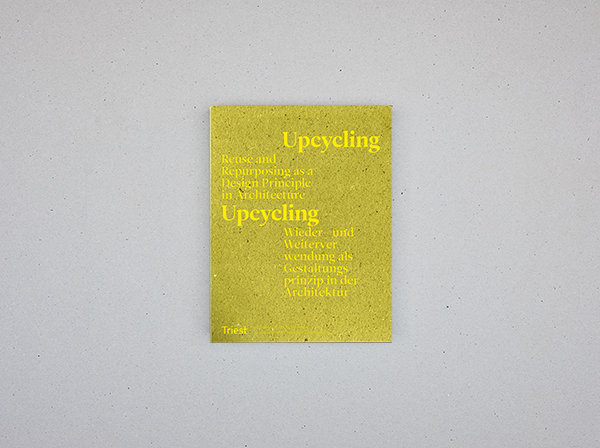
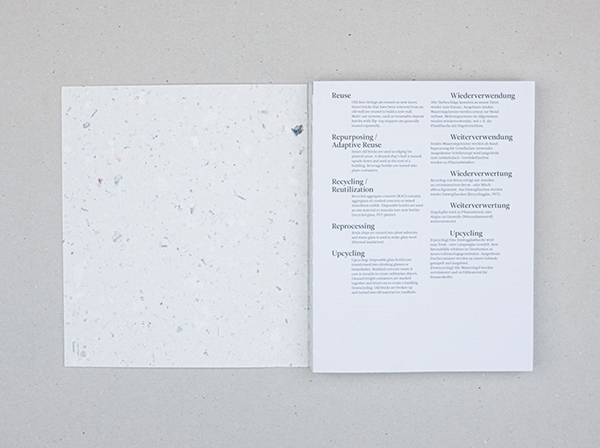
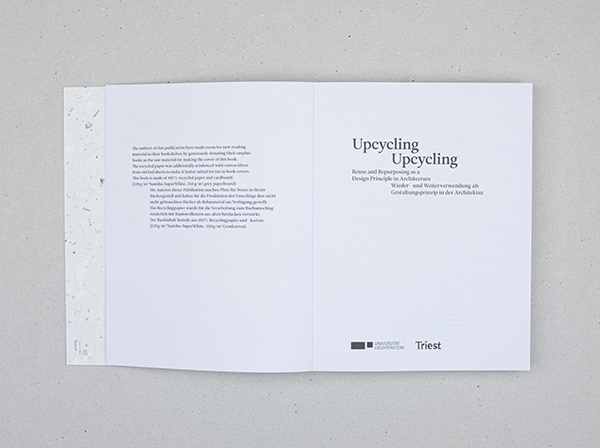
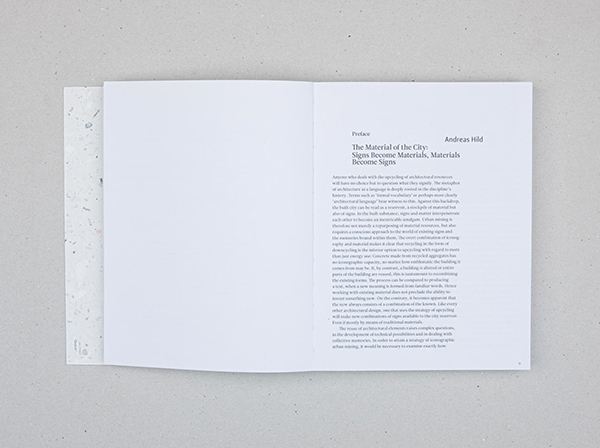
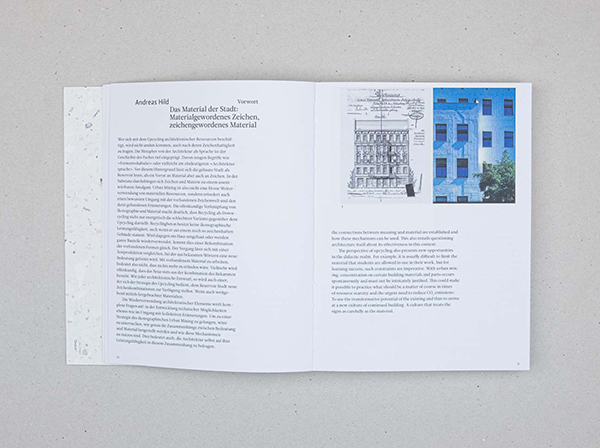
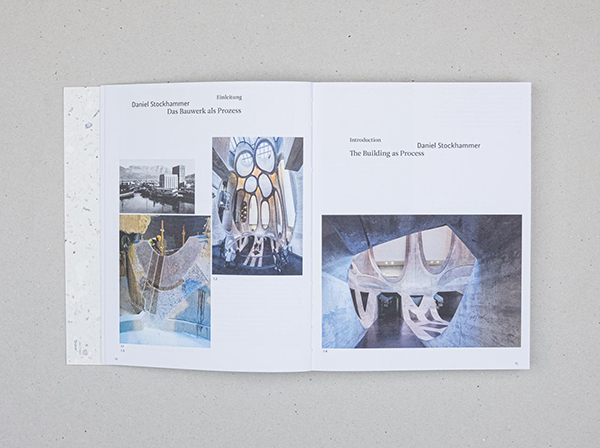
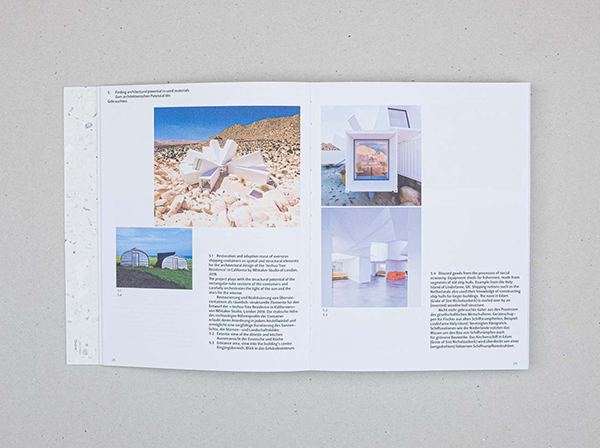
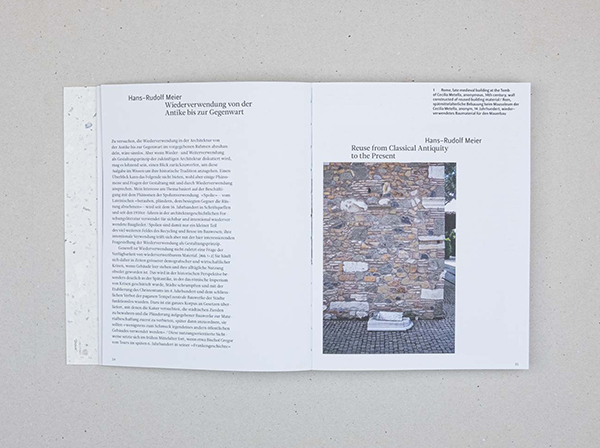
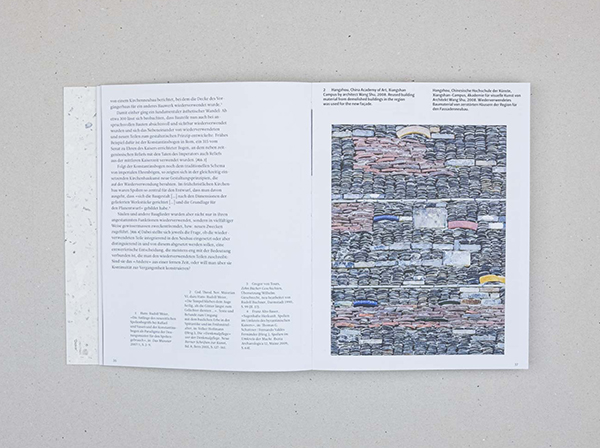
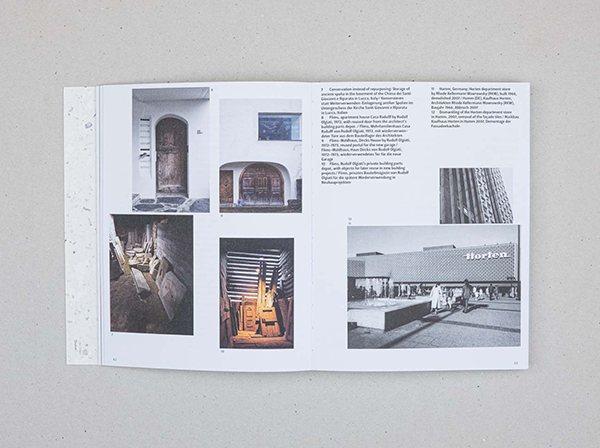
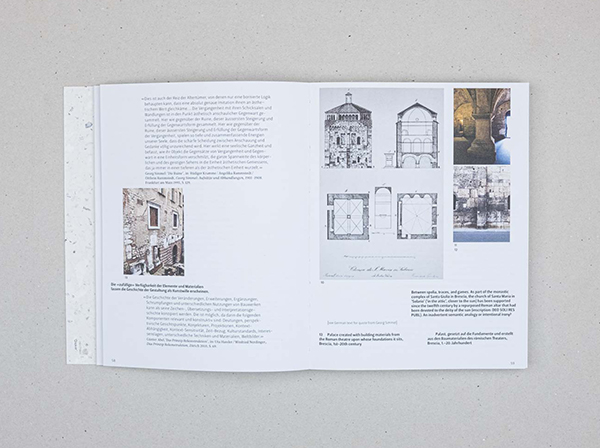
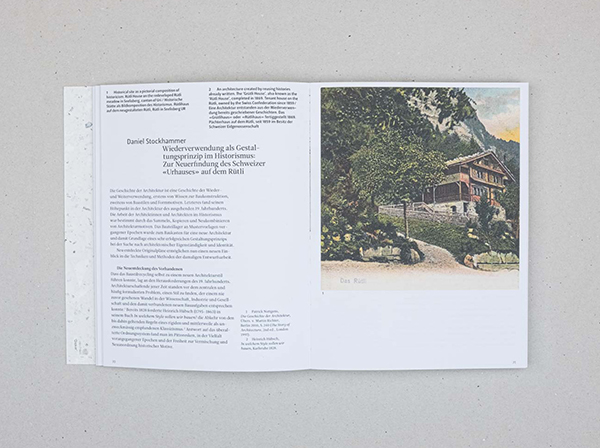
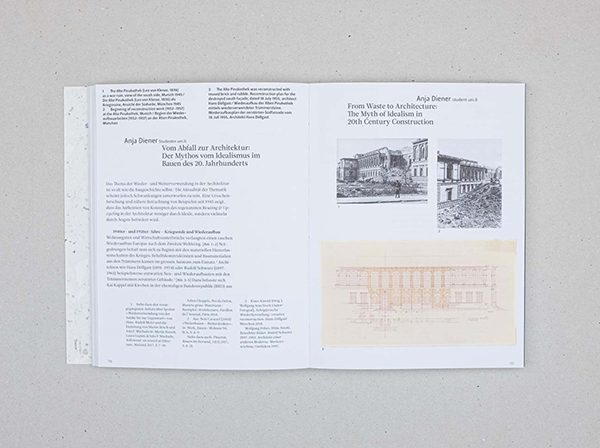
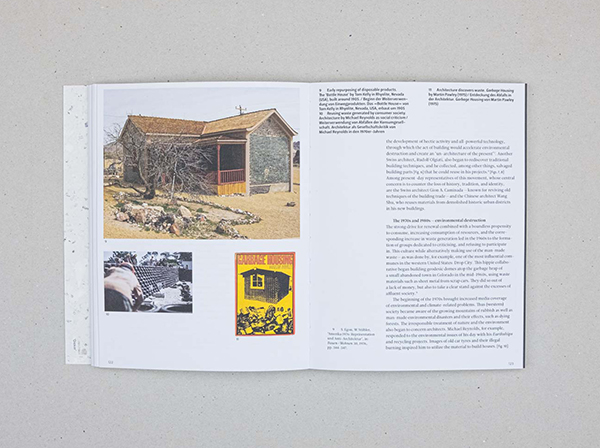
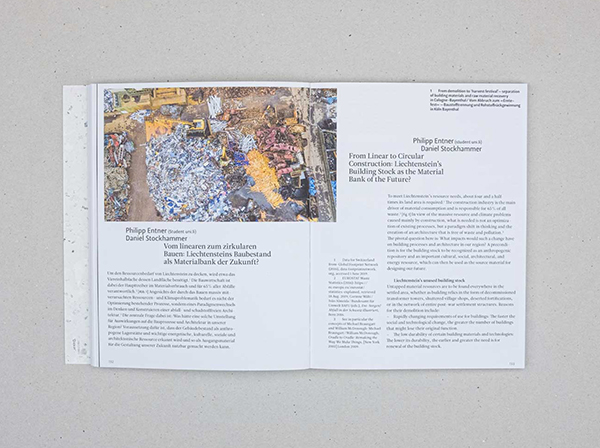
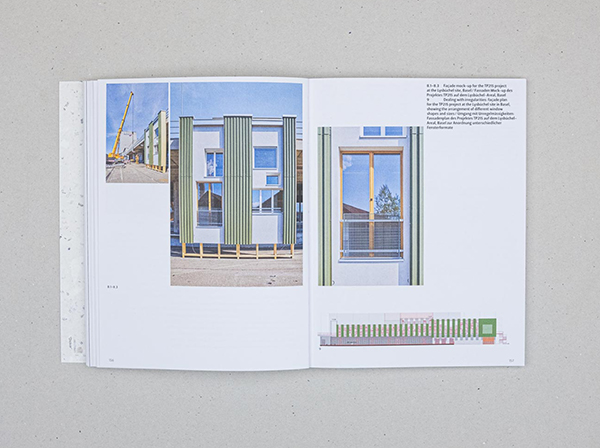
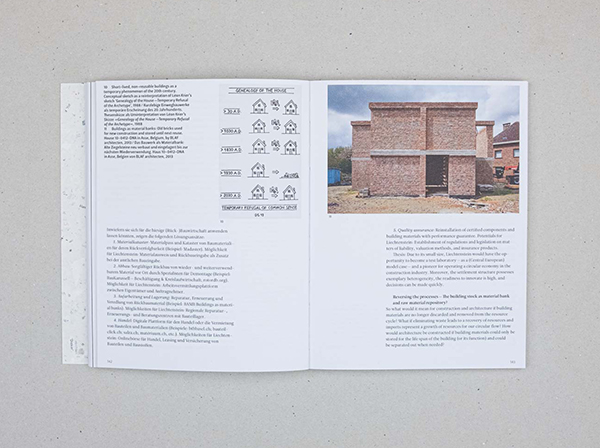
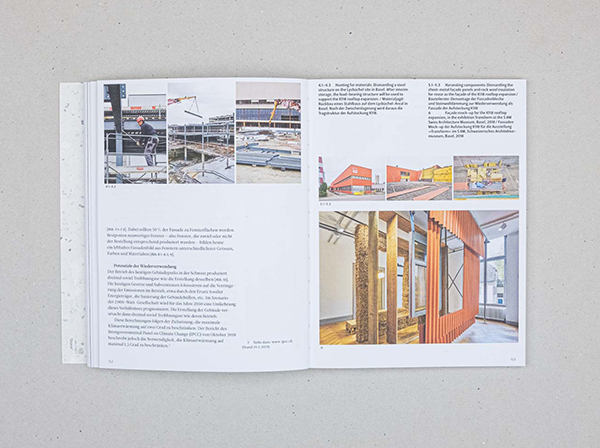
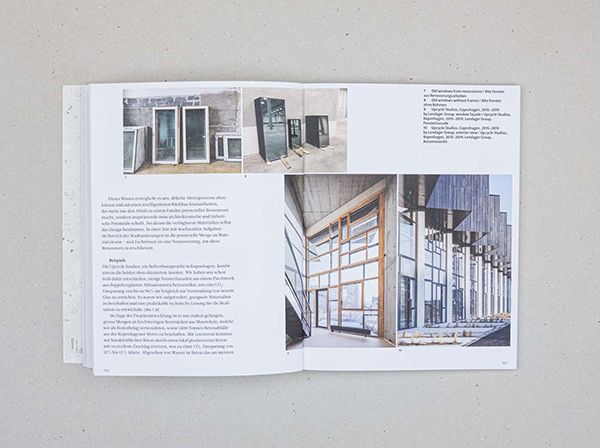
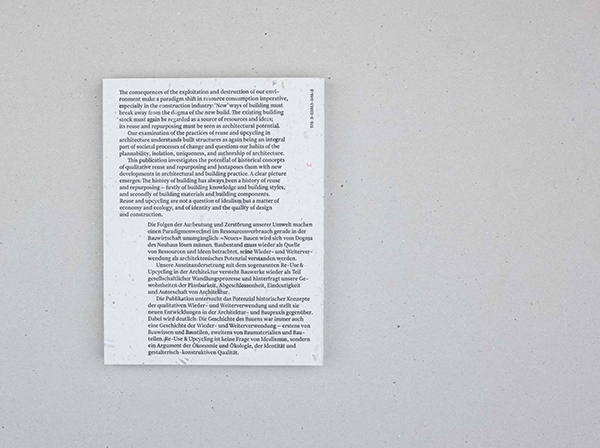
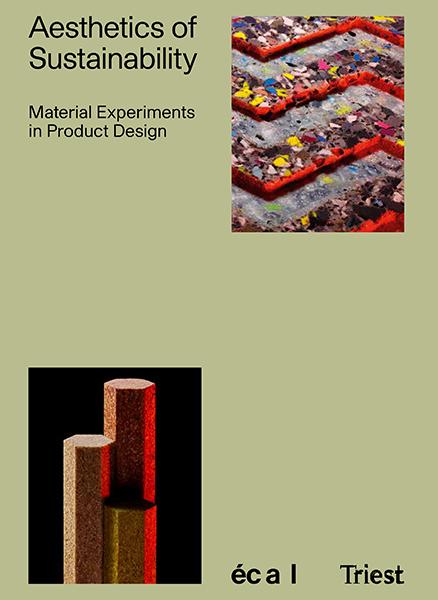
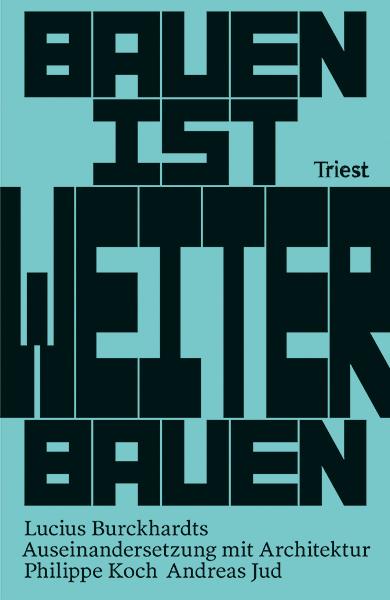
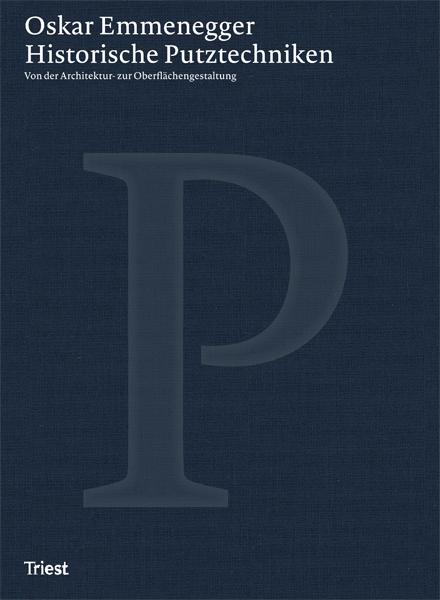
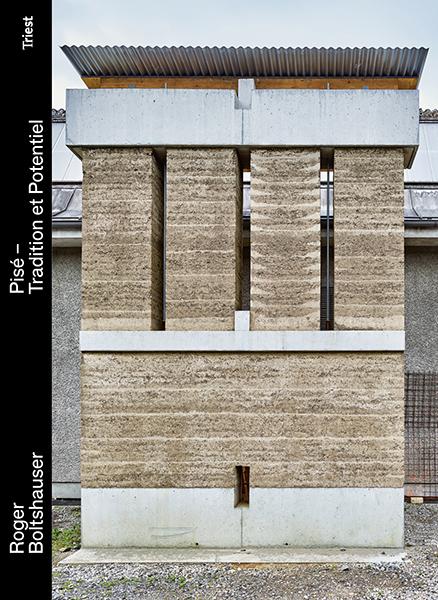
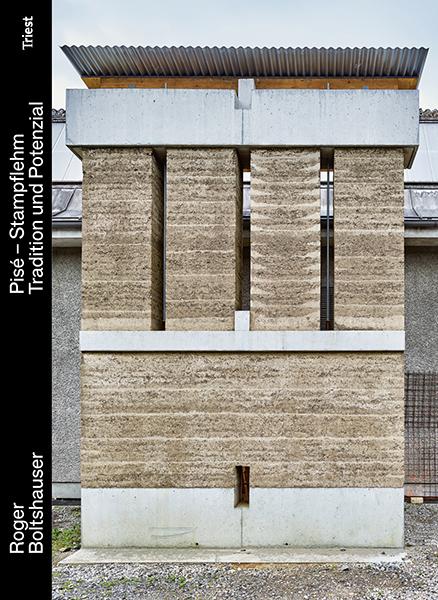
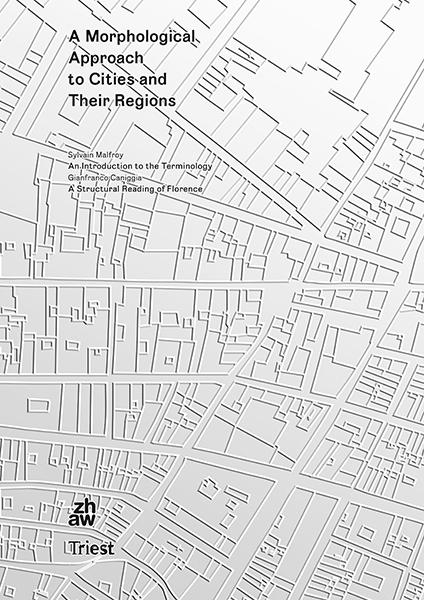
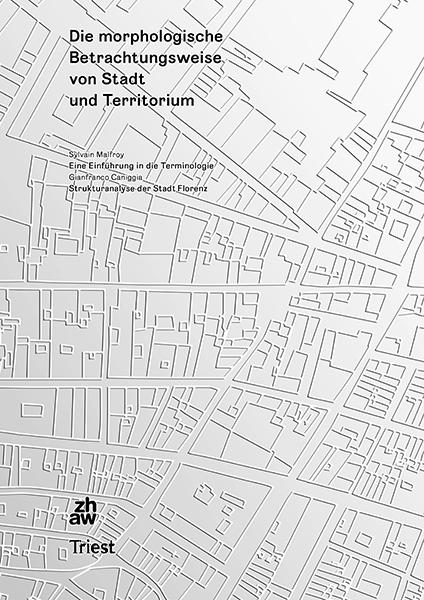
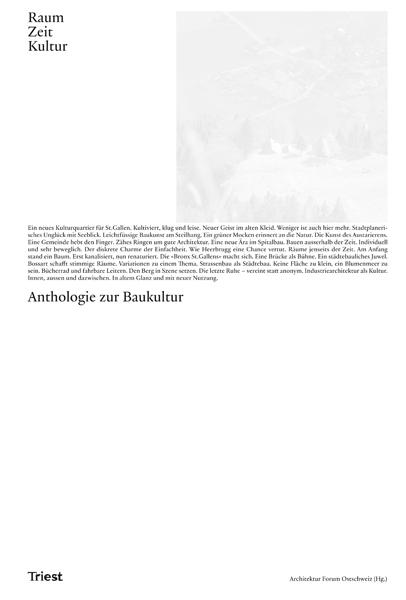
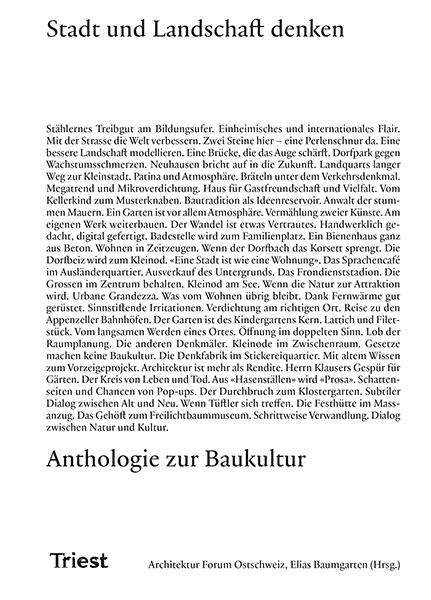
![Physik der Farbe [Physics of Colour]](/photo/data/978-3-03863-021-0-physik-der-farbe-triest-verlag-design-buch-731-2994-5.png?ts=1713849390)
